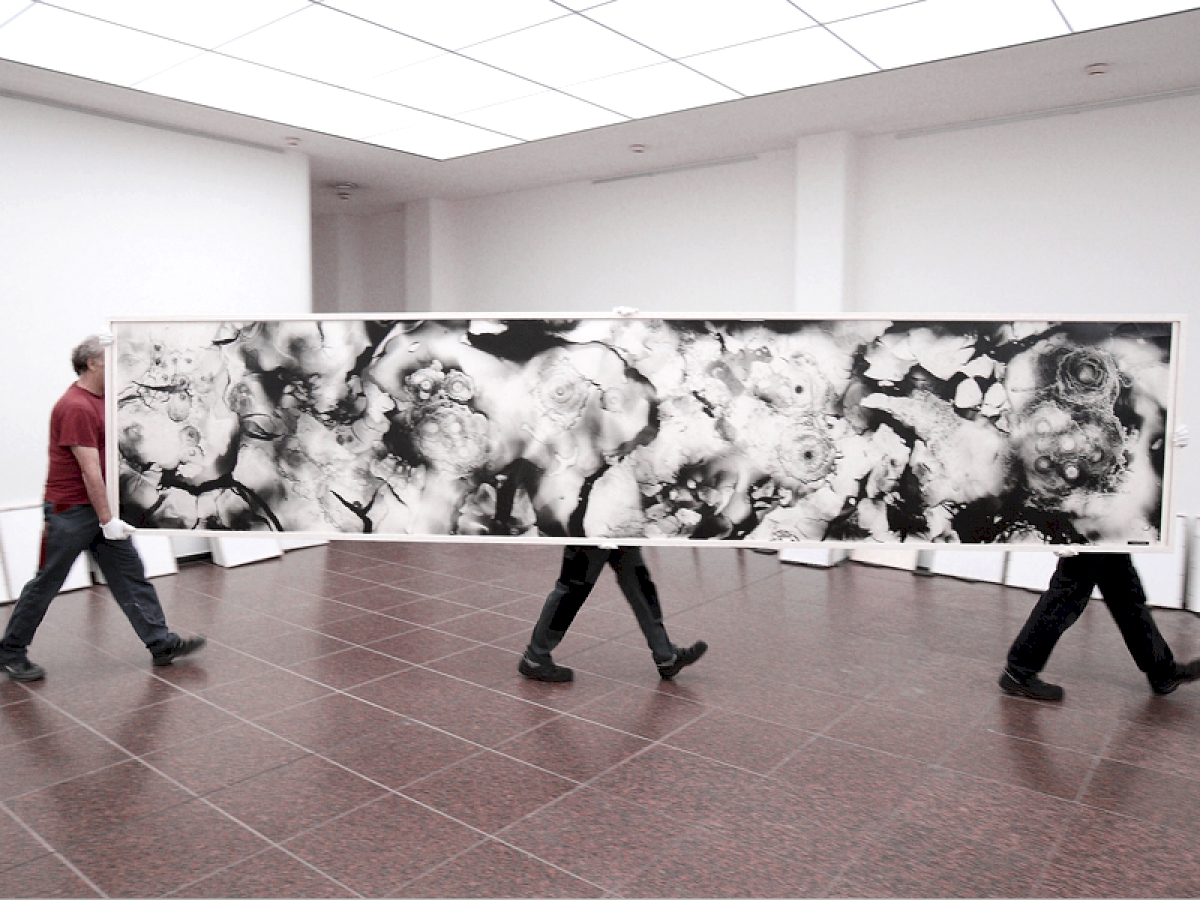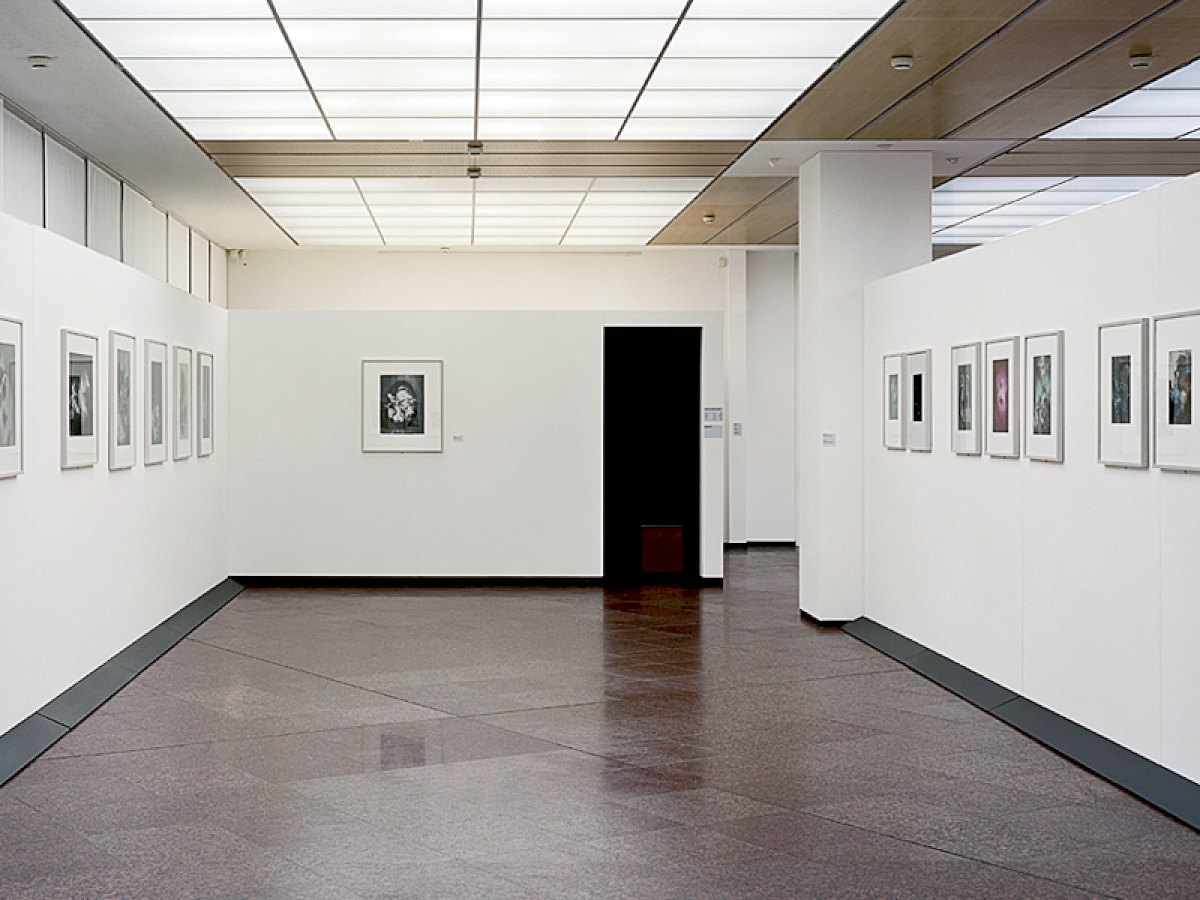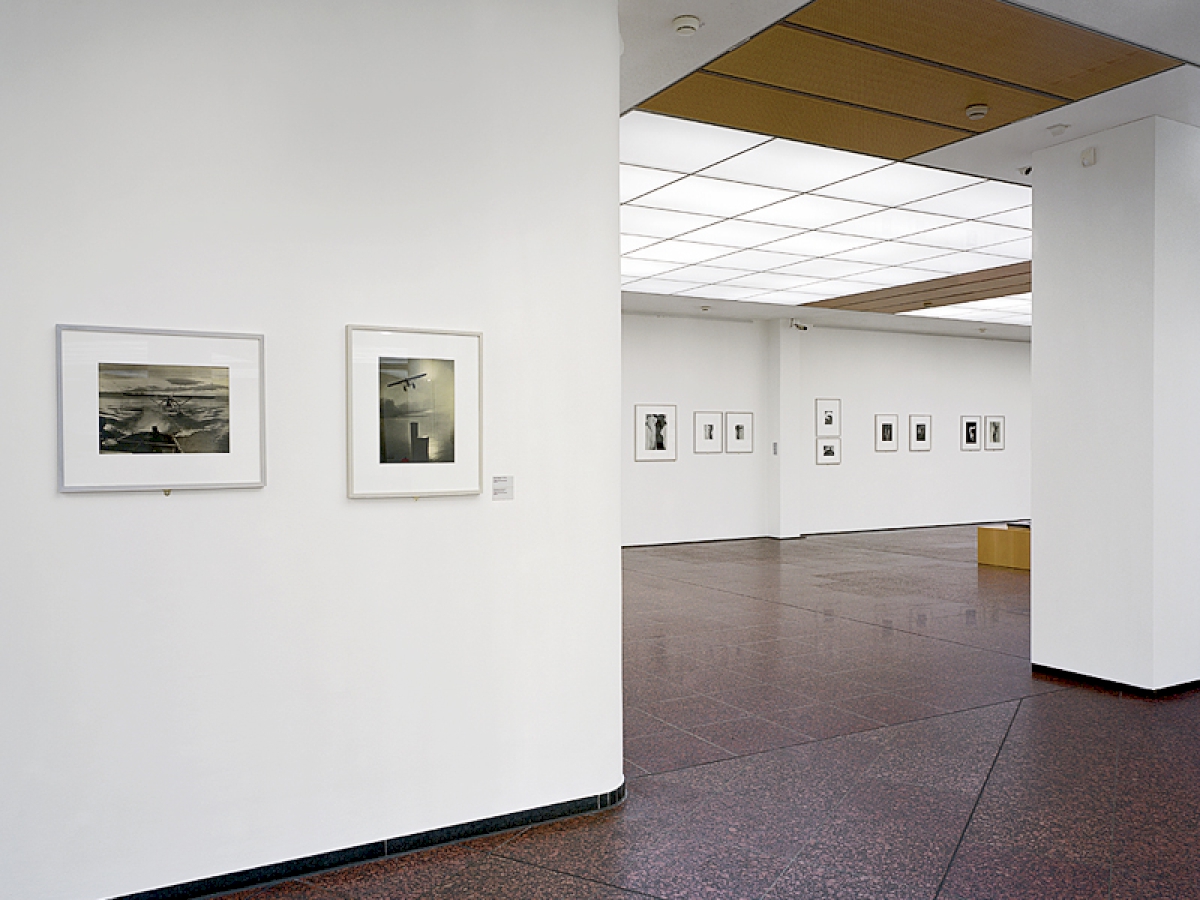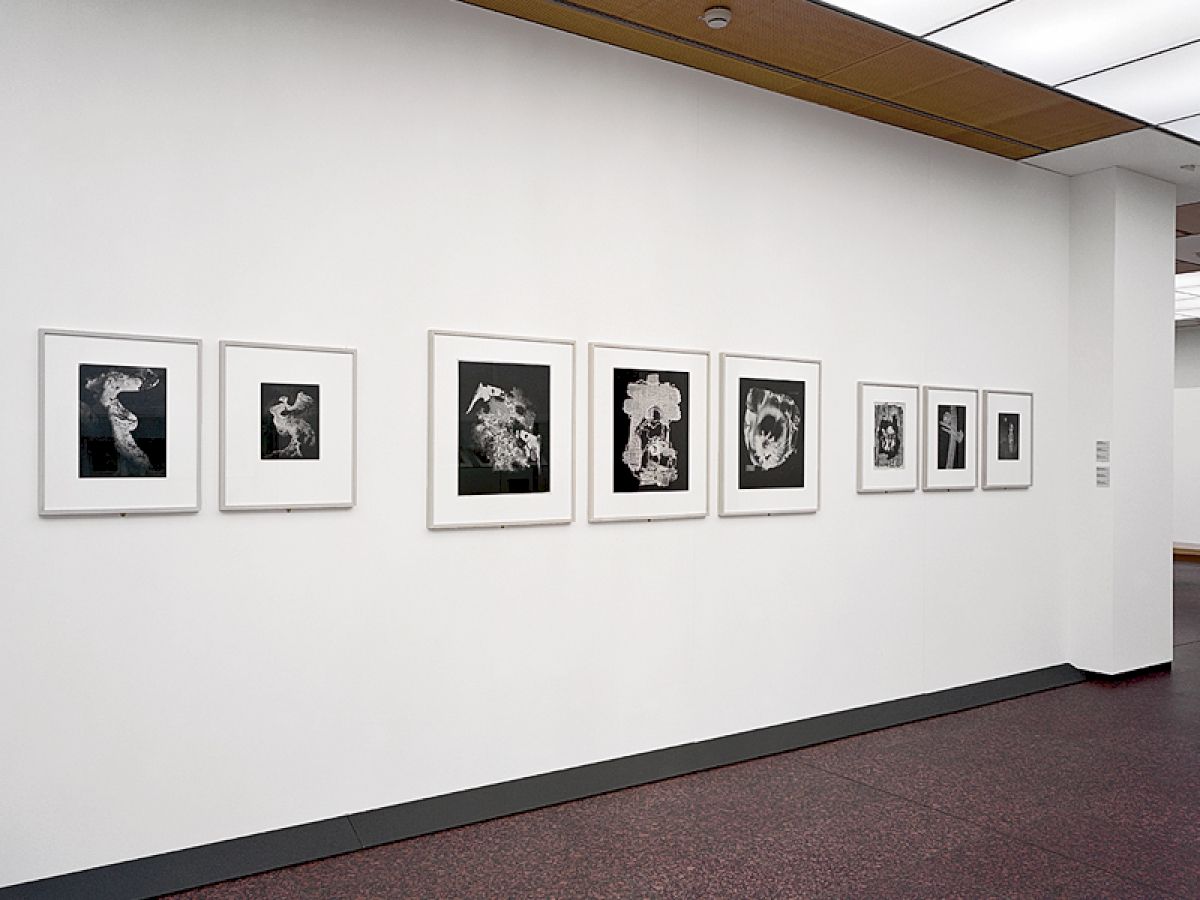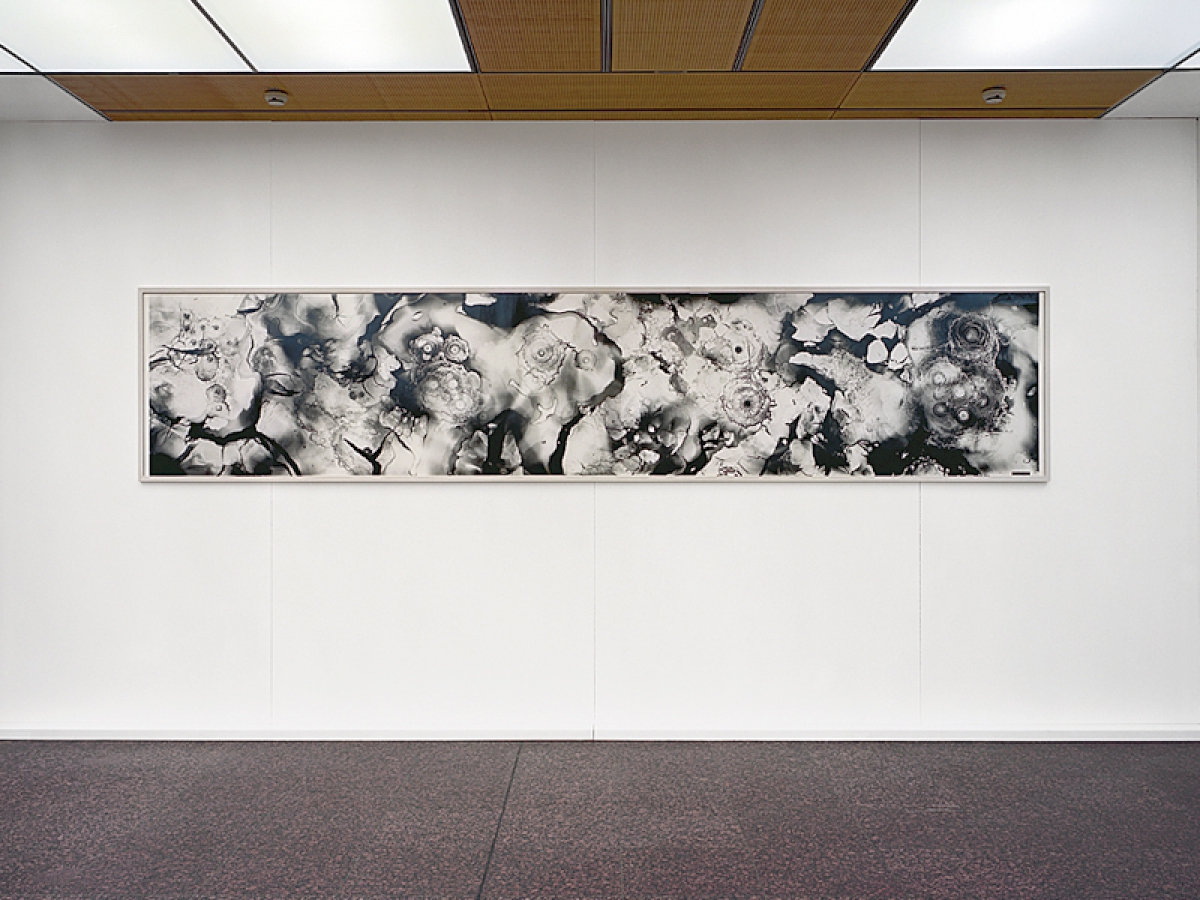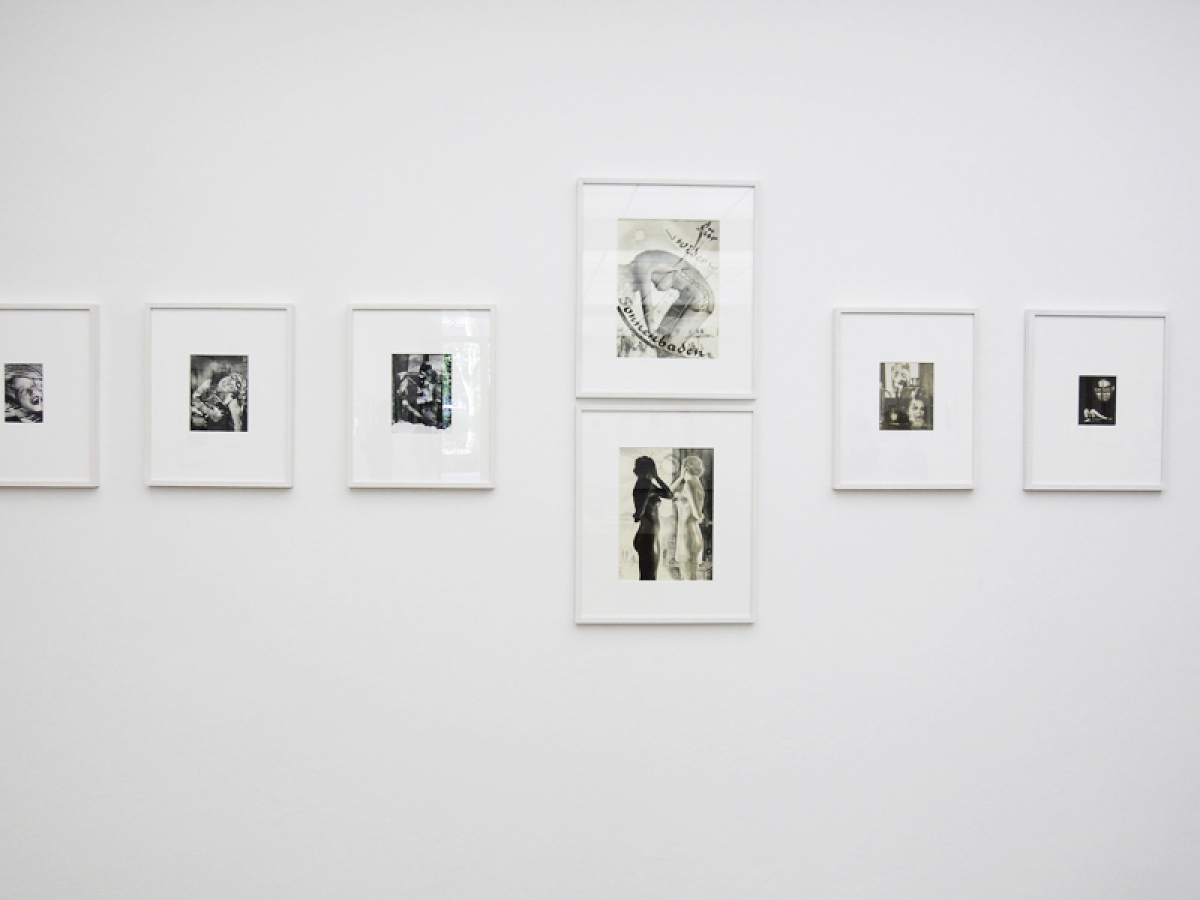Heinz Hajek-Halke. Form aus Licht und Schatten. Retrospektive.
“Two ugly characteristics have always overshadowed my character: defiance and curiosity. To put it more elegantly: a thirst for knowledge. And so it came to pass that I became a photographer in defiance of academic painting, but remained a painter, however, in defiance of photography.”
(Heinz Hajek-Halke)
This is the first retrospective to focus on the oeuvre of Hajek-Halke: from the nude photographs and magazine features of the twenties to the photograms of his later works after 1945.
Heinz Hajek-Halke (1898-1983) is one of the pioneers of 20th century photography. With his incredible photomontages and layouts, he helped fill the need for images for the best-known magazines of the Weimar Republic. He became famous with his black and white nude studies and with his cameraless “light graphics.”
The oeuvre of the Berlin-born photographer and graphic designer spans the heroic days of avant-garde photography during the twenties and early thirties, to the “inner emigration” during the Third Reich, and to the revival of modernity in West Germany circa 1950. He felt threatened by the attempts of Nazi propaganda to exploit him, and in 1934 he went into seclusion at Lake Constance. In 1949 he became a member of the “Fotoforum” group, along with Raoul Hausmann, Toni Schneiders, Otto Steinert, and Peter Keetman. The group banded together as a loose association of like-minded individuals. Their “subjective photography” drew on the visual language of the New Vision dating from the twenties and signalized a new dawn – under the banner of “abstraction as the universal language.”
With this most comprehensive retrospective to date, the Kunstfoyer der Versicherungskammer Bayern presents Heinz Hajek-Halke as an imaginative author of photographic images. As technical and chemical innovations, they always represented a departure into photographic terra incognita. Around 150 precious vintage prints (original prints made at the time the photographs were taken) and glass negatives from the estate administered by Michael Ruetz enable us, for the first time ever, to provide an overview of nearly five decades of photographic creativity. Highlights of the exhibition are the studies and variations of “Black-White Nude” – Hajek-Halke’s best-known photograph –, the late photograms, the negatives for which he processed in a creatively unconstrained style, as well as a monumental study for a decorative mural (9 x 42 feet!) for a gym in Berlin/Tegel (1963). The exhibition is augmented by sound recordings of an interview between Heinz Hajek-Halke and Michael Ruetz.
Catalog
The exhibition is accompanied by the catalog “Phantasie und Traum – das lichtgraphische Spätwerk von Heinz Hajek-Halke” published by Deutscher Kunstverlag (2008).
Hajek-Halke’s early work is the subject of the monograph “Heinz Hajek-Halke, Form aus Licht und Schatten” published in 2005 by Steidl Verlag. His early work was previously exhibited at the Centre Pompidou in Paris in 2002 as well as at the Sammlung Fotografie / Museum für Fotografie der Staatlichen Museen zu Berlin in 2007.
Curator
Isabel Siben

